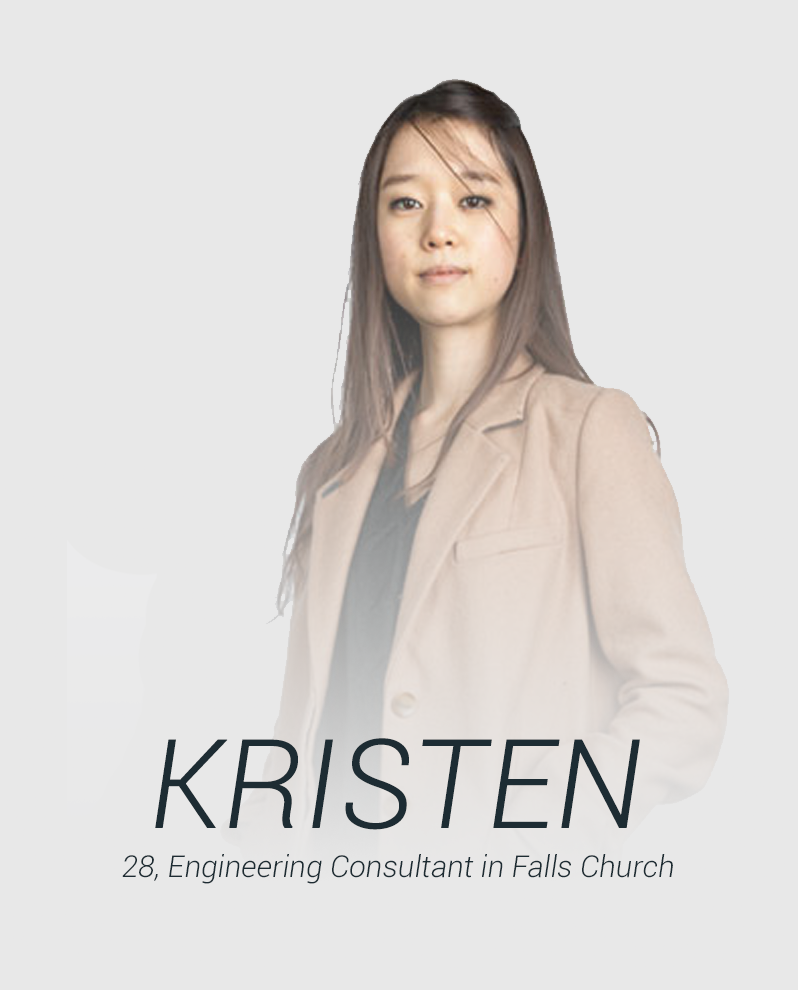By taking a goal-directed design approach, we can guide ourselves towards solving real user problems
I took some time reflecting on the lessons learned from our team’s attempt at the WAAD and made it a priority to focus on selecting and tailoring methodologies that were the most appropriate for the Perfect Brew. To start, I aimed to steer intensity away from the contextual-inquiry geared process towards a more goal-directed approach.
As we had already overbaked the interviewing process, we had more than enough requirements data present- what mattered more importantly now was making sense of the contexts those requirements fell under and which ones held more weight. Since this project is not heavy on the functional side, I wanted to spend more time focusing on the users and their goals. Cooper’s persona methodologies (documented in his book About Face) was a perfect match, particularly the use of his context scenarios to identify design requirements. The approach is easily digestible, builds empathy and care within development teams, and allows for a more visual/storytelling structure which makes the process more engaging and fun.
To start, we needed to create our personas. Thanks to the WAAD session and our interview source sheet, it was easy to identify common behavior variables (i.e. studying/working vs. lounging/relaxing) and subsequently map our interview subjects to them accordingly. I abbreviated Cooper’s process of physically mapping subjects to a scale as there were already clear identifiable traits and there was little confusion in the process of finding significant behavior patterns. I synthesized this information into three specific personas each with goals, frustrations, and at least one significant variance in behavior.

I wanted to ensure the portraits we used for our personas were believable, average people. Exactitudes was an excellent resource for this, which I strongly recommend to any UX’er looking for the perfect persona picture. The subjects do not appear to be “posing,” are not exaggerated, and come uniform in presentation. In this way they’re perfect according to Cooper’s recommendations (About Face, pg 91).
After reviewing the personas with Zoey, I designated persona types and selected Kristen as our primary persona. Although Kristen does not account for the largest demographic group of customers currently at De Clieu, she is the most relevant in regards to covering the most important needs of the other personas. She is also the most valuable in terms of business needs as she is a potential new customer that is unfamiliar with De Clieu. Most importantly, she covers the most common use-case for the De Clieu website in comparison to the other personas according to research: finding a new cafe, its information, and its vibe.
To provide more details on her process, I made a primary context scenario to extract design requirements which will guide the initial low fidelity wireframing sessions. I will continue working on alternative context scenarios for both her and the other personas to seal up any additional gaps.
In the next month the team will be finally gearing up to begin delivering real tangible product work which has its own challenges and distractions. By taking a goal-directed design approach, we can guide ourselves towards solving real user problems rather than wasting time on unnecessary details or allowing personal bias corrupt development.